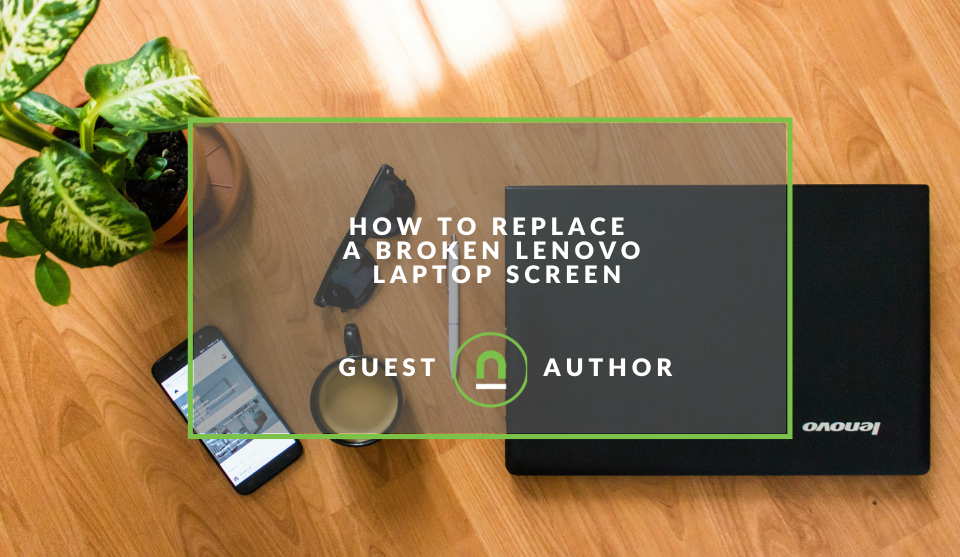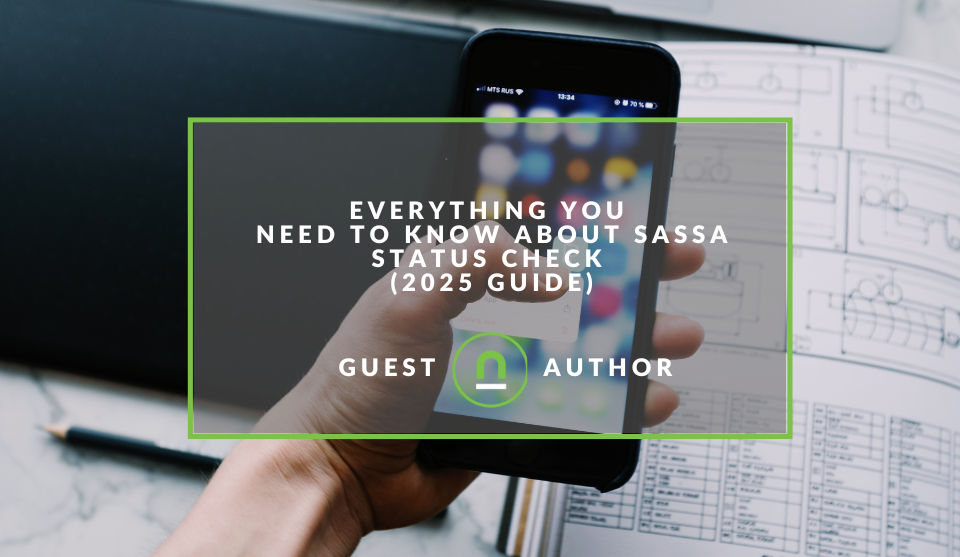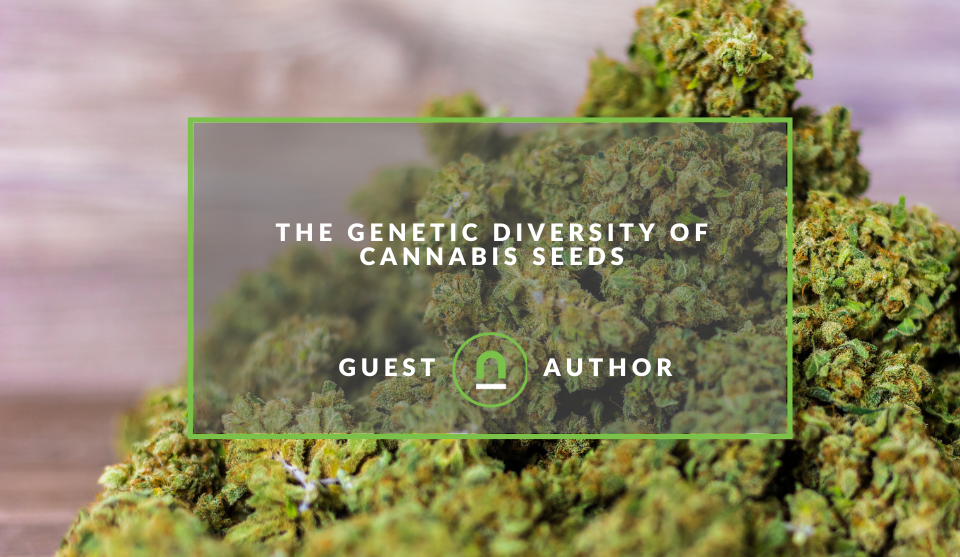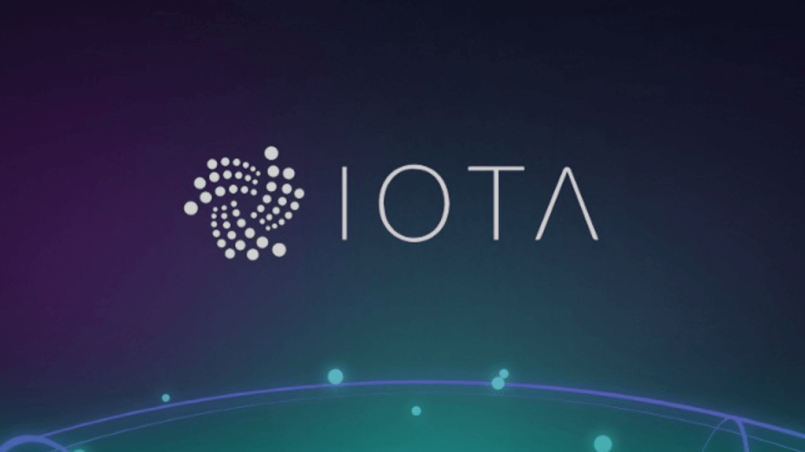Recent posts

Mind, Body & Soul
Do Not Whistle at Night: South Africas Strangest Superstitions
26 April 2025

Geek Chic
How to Replace A Broken Lenovo Laptop Screen
24 April 2025

Money Talks
Everything You Need to Know About SASSA Status Check
13 April 2025

Mind, Body & Soul
The Genetic Diversity of Cannabis Seeds
12 April 2025
Popular posts
Extravaganza
Trending Music Hashtags To Get Your Posts Noticed
24 August 2018
Geek Chic
How To Fix iPhone/iPad Only Charging In Certain Positions
05 July 2020
Extravaganza
Trending Wedding Hashtags To Get Your Posts Noticed
18 September 2018
Money Talks
How To Find Coupons & Vouchers Online In South Africa
28 March 2019
What is IOTA? (IOT)
05 January 2018 | 0 comments | Posted by Che Kohler in Money Talks
Bitcoin may have propelled the concepts of cryptocurrency, cryptography and blockchain into the public eye and in the last 4 years, the tech community has embraced these new concepts with open arms.
Startups all over the glove are starting to apply it in all sorts of ways and markets and one that has been particularly impressive is combining blockchain with the IOT or so-called internet of things. This is the exact space in which IOTA finds itself in. IOTA is a revolutionary new transactional settlement and data transfer layer for the Internet of Things.
It’s based on a new concept of a distributed ledger called the Tangle, which overcomes the inefficiencies of current Blockchain designs and introduces a new way of reaching consensus in a decentralized peer-to-peer system. While Bitcoin and the blockchain have become the industry standard Iota aims to upset that paradigm. The team believes they’ve found the next generation of cryptocurrency; a faster, cheaper, and more secure way of managing
IOTA use is expected to simplify transactions and processes involving objects that have sensors. A simple use case is that of an IOTA-enabled vending machine, which can dispense soda without the associated transaction costs and latency of bitcoin.
What is IOTA (IOT)?
IOTA stands for Internet of Things Application, and it’s a new crypto technology that facilitates transactions between devices on the Internet of Things (IoT). IOTA addresses the transaction fees and scalability issues of blockchain technologies by getting rid of the block and chain. Instead, in order to submit a transaction to the IOTA ledger, you must verify two other previous transactions.
This method of verification means there’s no central ledger, and there’s no need for miners to power the network. Devices running on the IOTA on the network randomly verify each other’s transactions, they build consensus through the web of connections between transactions. In cryptography, this type of verification is known as Directed Acyclic Graph (DAG), but the creators of IOTA call it the Tangle.
Since computing power in the Tangle grows as the network grows, IOTA is promising free, fast transactions. It’s also designed to process micro-payments and payments between machines, facilitating a whole machine-to-machine micro-economy.
Why you should pay attention to IOTA?
Everyone is a micro miner
Since you contribute your computing power to the network when you submit a transaction, the cost of using the network is only as great as the electricity needed to verify two other transactions on IOTA.
Service is free
The Tangle allows IOTA to operate fee-free, and it means the network is even more distributed than a blockchain network. With blockchain, the network is distributed among the miners on the blockchain. With the Tangle, the network is distributed among every participating node on the network. The absence of fees is critical to IOTA’s mission of servicing IoT devices. These devices will often be transacting at fractions of a penny with high frequency. Any fees charged on such small transactions would make micropayments unfeasible. In order to serve as the backbone for the M2M economy, IOTA has to be free to use.
Microtransactions
Since the service is free of transaction fees it makes it the perfect ecosystem for high-frequency micro transfers like billing per second, per distance, per-use and creating a better efficiency of resources.
Curl Hash function
The IOTA team has received praise and criticism for its use of new technologies in developing the platform. Originally, IOTA used its own hash function known as Curl for all proof of work and key generation. While the proof of work hashing has since changed to a more traditional SHA-3 protocol, IOTA still uses the proprietary Curl hashing function for other applications on the platform. IOTA also implements trinary logic, instead of binary. Using processors with three states could mean advantages in efficiency and overall computing power. IOTA is working closely with JINN Labs on hardware for IoT devices that are capable of computing in trinary.
What is IOTA being used for?
The Internet of Things is already a major force in the world economy with major companies devices that connect and sync with the internet. Devices such as cameras, sensors, and other devices to monitor conditions in factories, shipping lanes, farms, stores, and homes all make use of internet connections sending data between devices without human interference.
According to research from Gartner, the IoT market has grown to 8.4 billion devices in 2017, and the outlook for future growth is exponential. Given this massive market which is growing year on year, IOTA has plenty of room to grow before it needs to start flexing its muscles.
IOTAs take on IOT
IOTA’s vision is to be the platform for machine-to-machine (M2M) transactions. IOTA’s founders started the company after working in the IoT industry, and they argue that in order for IoT to be most useful, the devices in the network need to share and allocate resources efficiently. This means the devices need to be able to purchase more electricity, bandwidth, storage, or data when they need it, and sell those resources when they don’t need them. Even on a small network, this means potentially dozens of transactions per second as devices communicate and use resources.
With so many transactions, at such a small, fast scale, IOTA’s founders believe blockchain technology isn’t adequate for IoT applications. Blockchain networks struggle with scalability (as we’re seeing with Bitcoin’s SegWit2x fork debate), and they often resort to charging fees in order for miners to include your transaction in a block sooner. IOTA aims to solve both scalability and fees with its new network so that billions of IoT devices can use it.
Can you mine IOTA?
Since IOTA plans to have billions of transacting nodes on its network once fully implemented, the founders needed to design a network where the processing power grows as nodes on the network grow. To that end, they designed The Tangle, a consensus-building system where the device submitting a new transaction must first verify two other transactions on the network. For each verification, the verifier performs a small proof of work linking the transactions into the overall Tangle. The Tangle means that consensus is reached based on a web of verifications.
Each transaction is linked to the two transactions it verified, and over time it will be linked to future transactions that verify it. This solves the scalability problem as the network no longer relies on a central blockchain. Every new device on the network contributes its computing power to the network when it submits a transaction. The Tangle also eliminates block mining, and all the coins on IOTA were created at the genesis of the network.
Can you earn IOTA?
Trading
Since IOTA can’t be mined those interested in IOTA's potential can purchase tokens from a number of exchanges and trade them or exchange them for other currencies as it grows or drops in value
Offering IOT services
If you're a company that offers IOT services such as internet streaming sites, IOTA would open up a whole new revenue channel to allow users specific pay-per-view options to try before buying a complete subscription.
Should you invest in IOTA?
While IOTA makes big promises, the technology is still new, and it’s not without its detractors. It’s still very early in the game and Iota is in mostly uncharted waters trying to reinvent a wheel we haven't even perfected in the first place.
It is never the less a bold move and only time will tell if they can deliver a product that will co-exist with traditional blockchain or even become the new blockchain standard. If successful, the Tangle could be a viable competitor to blockchain technology for transactions, and the internet of things market for microtransactions will only continue to grow.
For more on IOTA check out their website here
Contact us
If you want to know more about cryptocurrency don’t be shy we’re happy to assist. Simply contact us
Disclaimer: This article should not be taken as, and is not intended to provide any investment advice and is for educational purposes only. As of the time posting the writers may or may not have holdings in some of the coins or tokens they cover. Please conduct your own thorough research before investing in any cryptocurrency as all investments contain risk.
Tags: Cryptocurrency, blockchain
You might also like
Everything You Need to Know About SASSA Status Check
13 April 2025
Posted by Azhar Khanzada in Money Talks
A guide for 2025 for anyone looking to apply for a SASSA grant or would like to keep up to date with the status of your grant from application to red...
Read moreMastering Personalization in Digital Marketing
31 March 2025
Posted by Željka Ristic in Industry Experts
We look at the best content marketing tools to boost engagement and growth and build sustainable marketing campaigns that drive users to take action
Read more{{comment.sUserName}}
{{comment.iDayLastEdit}} day ago
{{comment.iDayLastEdit}} days ago
 {{blogcategory.sCategoryName}}
{{blogcategory.sCategoryName}}

